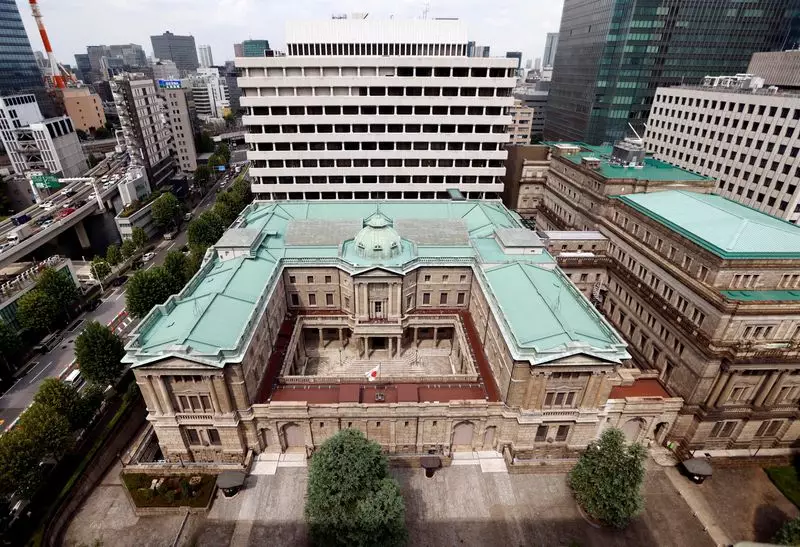In a bold move, Naoki Tamura, a hawkish policymaker at the Bank of Japan, has publicly stated that the central bank must raise interest rates to at least 1% by the second half of the next fiscal year. This marks the first time a BOJ official has specified a target rate for short-term borrowing costs. Tamura’s remarks underscore the bank’s commitment to steady monetary tightening and achieving its inflation target.
Tamura’s confidence in Japan’s economy sustaining the 2% inflation target is growing, indicating that the conditions for additional rate increases are aligning. He also mentioned that Japan’s neutral interest rate is around 1%, which further supports the need for raising the policy rate to sustainably achieve the BOJ’s price goal. The timeframe for the rate hikes is set across the 2024 to 2026 fiscal years, with rates potentially reaching 1% by October 2025 at the earliest.
During a news conference with business leaders, Tamura emphasized a cautious and gradual approach to raising interest rates. He stressed the importance of monitoring how each rate hike impacts economic activity and indicated that the adjustments would likely be done slowly and in several stages. This deliberate strategy aims to minimize disruptions while moving towards the 1% target.
Following Tamura’s statements, other BOJ board members have echoed the sentiment of continuing to raise borrowing costs despite recent market volatility. The majority of economists polled expect further tightening by the end of the year. The BOJ is scheduled to keep rates unchanged at the next meeting in September, but the possibility of additional hikes remains on the table.
Tamura highlighted the heightened risk of increasing inflation as labour shortages drive up wages and production costs. This scenario poses challenges for maintaining price stability, necessitating the timely adjustment of interest rates. With core consumer inflation already above the 2% target for an extended period, the need for proactive monetary policy measures is evident.
Governor Kazuo Ueda has signaled the BOJ’s willingness to raise rates further if inflation remains stable around 2% and wages continue to rise steadily. Tamura’s emphasis on careful timing and incremental rate adjustments reflects the central bank’s stance on managing inflationary pressures and ensuring price stability. The focus on the neutral interest rate as a guiding parameter underscores the complexity of monetary policy decisions in a dynamic economic environment.
The Bank of Japan faces the challenge of balancing economic growth with inflation control through strategic interest rate adjustments. Naoki Tamura’s call for raising rates to 1% sets a clear target for the BOJ’s monetary policy trajectory. As the central bank navigates through evolving market conditions and inflation risks, a cautious and methodical approach to interest rate hikes will be crucial in achieving long-term economic stability.

